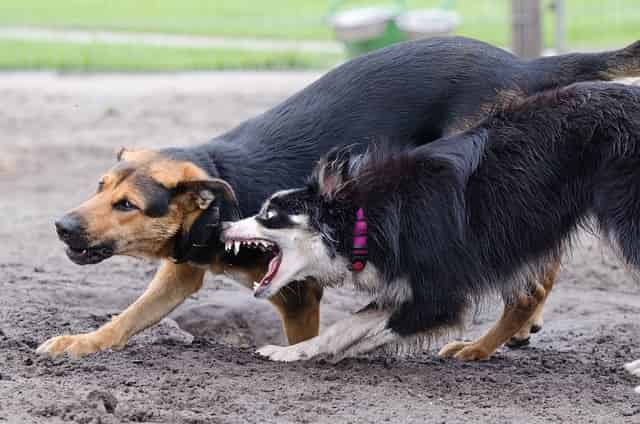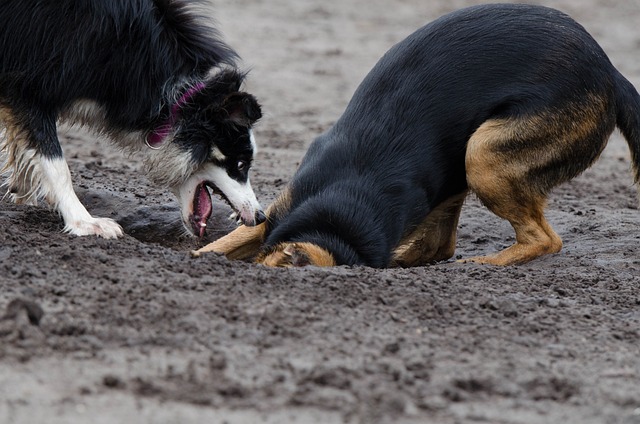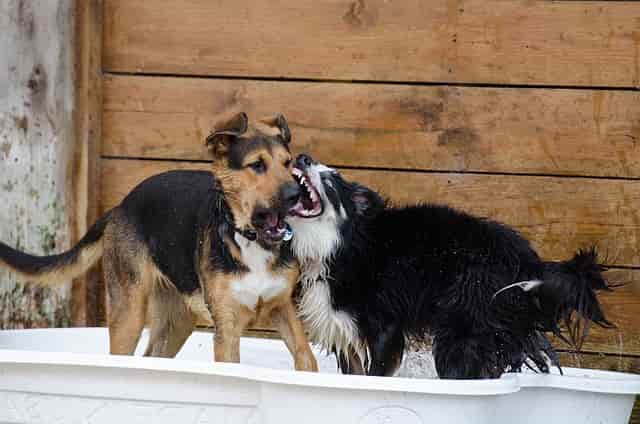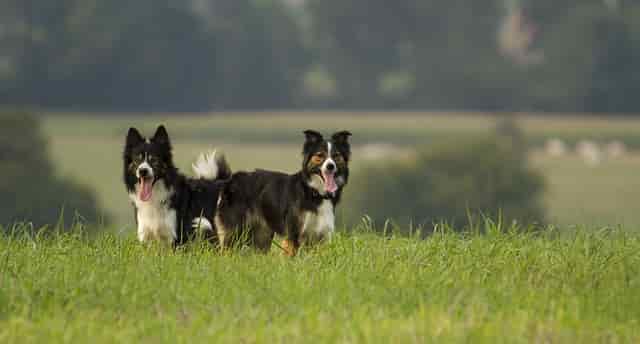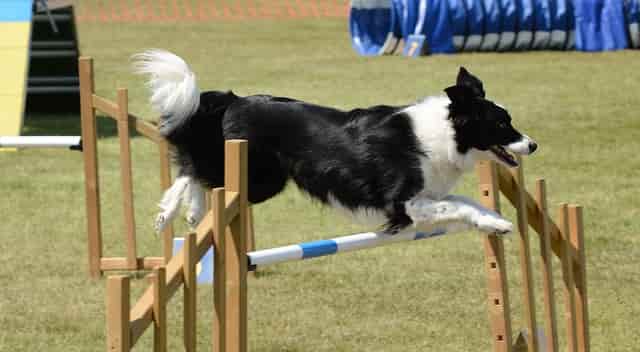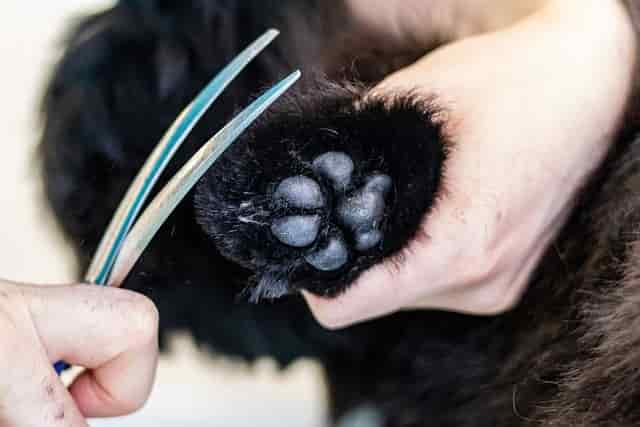
While border collies are not typically known for being aggressive or protective in the same way that some other breeds are, they can still exhibit protective behaviors towards their owners and their territory. Border collies have been bred to be working dogs, and as such, they are naturally loyal and devoted to their families. They are also highly alert and aware of their surroundings, which can make them good watchdogs. However, it is important to note that a border collie’s protective instincts should never be encouraged or trained to be aggressive, as this can lead to dangerous behavior.
Border Collies: A Brief Overview
Border Collies, commonly referred to as BC, are a breed of dog that originated in the border region between Scotland and England. They are known for their herding instincts and intelligence, making them popular working dogs.
Border Collies are highly intelligent and trainable, with a strong desire to please their owners. They are often used for herding livestock, but also excel in agility and obedience competitions.
In terms of temperament, Border Collies are generally loyal and affectionate towards their owners. They can be wary of strangers, but are not typically aggressive. However, their protective instincts may kick in if they perceive a threat to their family or territory.
Due to their high energy levels and intelligence, Border Collies require plenty of exercise and mental stimulation. They do best in homes with active owners who can provide them with plenty of opportunities to work and play.
Are Border Collies Protective?
The answer is yes, but it depends on various factors, including their training, socialization, and personality.
Protective Behavior
Border Collies have a protective instinct that makes them fiercely loyal to their owners and their territory. They will bark, growl, and even snarl at intruders to alert their owners and deter potential threats. However, their protective behavior can also be a problem if it is not properly channeled and controlled.
Barking and Growling
Border Collies are not typically excessive barkers, but they will bark to alert their owners of any perceived danger. They may also growl and snarl if they feel threatened or if they sense that their owners are in danger. However, excessive barking and growling can be a nuisance to neighbors and may require training to control.
Training and Socialization
Training and socialization are crucial for any dog, including Border Collies. They are highly trainable and respond well to positive reinforcement techniques such as treats, praise, and commands. Socialization is also important to expose them to different people, animals, and environments to prevent fear and aggression.
Aggression and Biting
Border Collies are not typically aggressive dogs, but they can become aggressive if they feel threatened or if they are not properly trained and socialized. Biting is a rare occurrence, but it can happen if they feel cornered or if they perceive a threat to their owners.
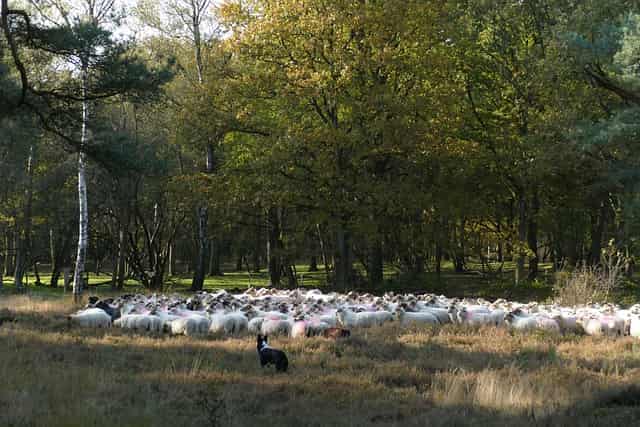
Herding Instinct and Livestock
Border Collies were originally bred as herding dogs, and their herding instinct is still strong today. They may try to herd children, other pets, or even cars, which can be a problem if not properly trained. They are also excellent livestock dogs and can be trained to work on farms and ranches.
Exercise and Mental Stimulation
Border Collies are high-energy dogs that require plenty of exercise and mental stimulation. They excel in canine sports such as agility, flyball, and frisbee, which can help channel their energy and keep them mentally stimulated.
Territory and Boundaries
Border Collies need clear boundaries and a sense of territory to feel secure. They respond well to alpha and dominance training, but it is important to establish yourself as the pack leader without resorting to physical punishment.
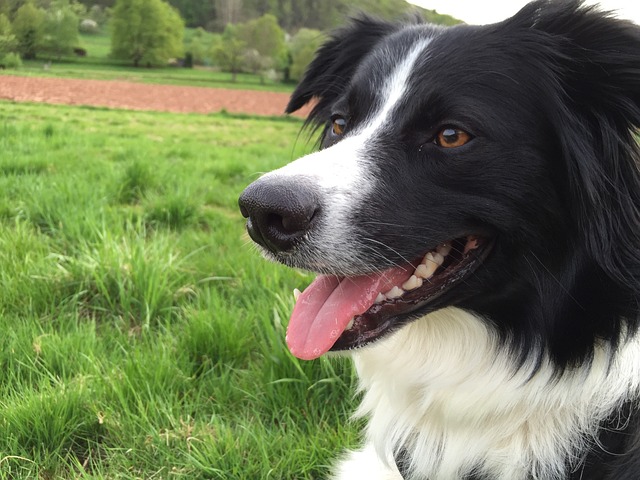
Watchdog and Guard Dog Qualities
Border Collies make excellent watchdogs and can be trained to be great guard dogs. Their protective instinct and loyalty to their owners make them ideal for protecting homes and properties.
Companionship and Family Life
Border Collies are friendly and loyal companions that thrive on human interaction and attention. They are great family dogs and get along well with children and other pets if properly socialized.
Training and Obedience
Border Collies are highly trainable and respond well to obedience training. They are eager to please their owners and enjoy learning new commands and tricks.
Physical Characteristics
Border Collies are medium-sized dogs that typically weigh between 30 and 45 pounds. They have a double coat that can be either smooth or rough and comes in a variety of colors, including black and white, red and white, and blue merle. They are known for their intense stare and their ability to focus on their tasks.

Frequently Asked Questions
Do Border Collies make good guard dogs?
Border Collies are not typically known for being guard dogs. They are bred to be herding dogs and are highly intelligent, active, and trainable. However, they can be trained to be good watch dogs and alert their owners to potential danger.
Are Border Collies generally loyal to their owners?
Yes, Border Collies are known for being loyal and devoted to their owners. They are highly affectionate and form strong bonds with their families. They are also protective of their owners and will defend them if they feel threatened.
Do Border Collies have a tendency to attack intruders?
Border Collies are not aggressive dogs by nature and do not have a tendency to attack intruders. However, they will bark and alert their owners to potential danger. With proper training, they can be taught to be protective of their home and family.
Are Border Collies known for being protective?
While Border Collies are not typically known for being protective, they can be trained to be watch dogs and protect their owners. With their intelligence and trainability, they can be taught to be alert and responsive to potential threats.
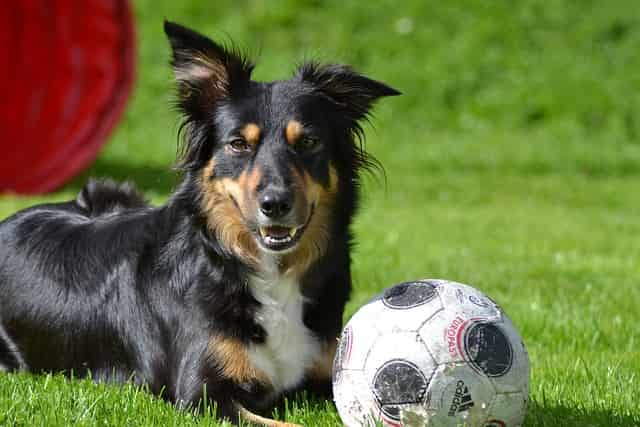
Are Border Collies friendly with children?
Border Collies are generally friendly with children and make great family pets. They are highly energetic and playful, which can make them a good match for active families. However, as with any dog, it is important to supervise interactions between children and dogs to ensure safety.
Do Border Collies require a lot of training to be protective?
Border Collies are highly trainable and intelligent dogs, which can make them easier to train for protective behaviors. However, it is important to note that training a dog to be protective requires time, patience, and consistency. It is also important to work with a professional dog trainer to ensure that the dog’s protective behaviors are safe and appropriate.

